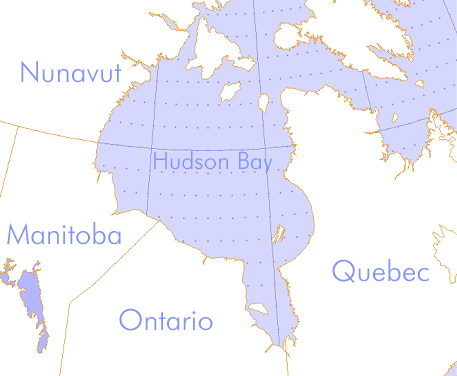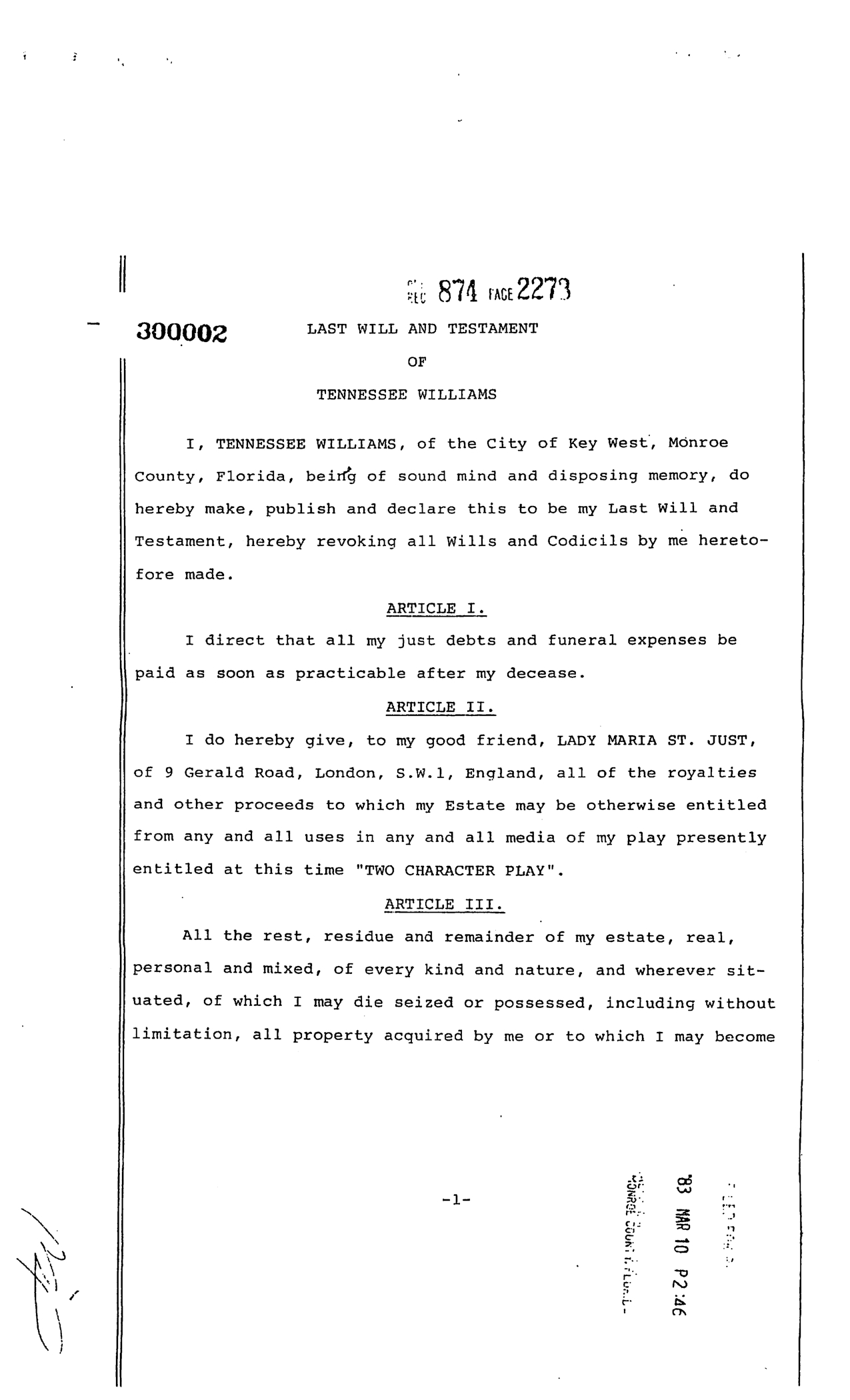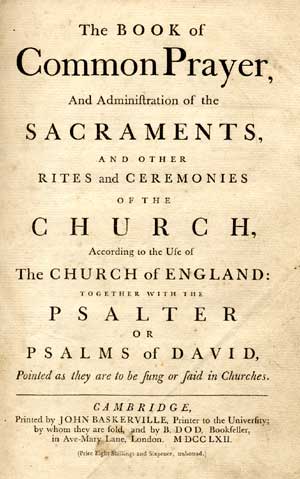|
Thomas Stanley (puritan)
Thomas Stanley ( – 26 Aug 1670) was an ejected puritan minister whose actions alongside Church of England priest William Mompesson when the Derbyshire parish, Eyam, became infected with the plague during the 17th century averted more widespread catastrophe. Life Stanley was born in Duckmanton. By 1633 he was rector at Dore, before moving onto Ashford in the Water in 1640. By 1644 he was rector at St Lawrence's Church in Eyam, replacing Shorland Adams, a post he held until 1660 when he resigned and left the village, because he refused to comply with the 1662 Act of Uniformity, which made use of the Anglican Book of Common Prayer compulsory. He returned to the village in 1664 following the death of his wife. When the plague arrived, he intended to leave once again; however, he was convinced to stay to write wills for the villagers. Death and legacy Stanley died on 26 Aug 1670 at Eyam. A plaque was erected in the village detailing his life. See also *St Lawrence's ... [...More Info...] [...Related Items...] OR: [Wikipedia] [Google] [Baidu] |
Puritans
The Puritans were English Protestants in the 16th and 17th centuries who sought to rid the Church of England of what they considered to be Roman Catholic practices, maintaining that the Church of England had not been fully reformed and should become more Protestant. Puritanism played a significant role in English and early American history, especially in the Protectorate in Great Britain, and the earlier settlement of New England. Puritans were dissatisfied with the limited extent of the English Reformation and with the Church of England's religious toleration of certain practices associated with the Catholic Church. They formed and identified with various religious groups advocating greater purity of worship and doctrine, as well as personal and corporate piety. Puritans adopted a covenant theology, and in that sense they were Calvinists (as were many of their earlier opponents). In church polity, Puritans were divided between supporters of episcopal, presbyterian, and ... [...More Info...] [...Related Items...] OR: [Wikipedia] [Google] [Baidu] |
Shorland Adams
Shorland (or Sherland) Adams (c. 1605 – 11 Apr 1664) was a Church of England priest whose outspoken support for the Royalists during the English Civil War garnished his reputation during his tenure in the parishes of Eyam and Treeton. Life Reverend Shorland Adams was Rector of Eyam between 1630 and 1644, before being ejected by the Puritans and replaced by Thomas Stanley. Stanley was later ejected and Adams was reinstated in 1660, whilst also remaining rector at Treeton, and he remained the parishes until his death in 1664, being replaced by William Mompesson. Due to his outspoken support for the Royalist cause during the English Civil War, the Parliamentarians imprisoned and stripped Adams of his dwelling. Death and legacy Adams died on 11 Apr 1664 at Treeton. He was buried at St Helen's Church, Treeton. See also *St Lawrence's Church, Eyam St Lawrence’s Church, Eyam is a Grade II* listed parish church in the Church of England in Eyam Eyam () is an English vi ... [...More Info...] [...Related Items...] OR: [Wikipedia] [Google] [Baidu] |
17th-century Puritan Ministers
The 17th century lasted from January 1, 1601 (represented by the Roman numerals MDCI), to December 31, 1700 (MDCC). It falls into the early modern period of Europe and in that continent (whose impact on the world was increasing) was characterized by the Baroque cultural movement, the latter part of the Spanish Golden Age, the Dutch Golden Age, the French ''Grand Siècle'' dominated by Louis XIV, the Scientific Revolution, the world's first public company and megacorporation known as the Dutch East India Company, and according to some historians, the General Crisis. From the mid-17th century, European politics were increasingly dominated by the Kingdom of France of Louis XIV, where royal power was solidified domestically in the civil war of the Fronde. The semi-feudal territorial French nobility was weakened and subjugated to the power of an absolute monarchy through the reinvention of the Palace of Versailles from a hunting lodge to a gilded prison, in which a greatly expanded ro ... [...More Info...] [...Related Items...] OR: [Wikipedia] [Google] [Baidu] |
1670 Deaths
Events January–March * January 17 – Raphael Levy, a Jewish resident of the city of Metz in France, is burned at the stake after being accused of the September 25 abduction and ritual murder of a child who had disappeared from the village of Glatigny. The prosecutor applies to King Louis XIV for an order expelling all 95 Jewish families from Metz, but the king refuses. * January 27 – The Muslim emperor Aurangzeb of the Mughal Empire in India issues an order for the destruction of all Hindu temples and schools in the empire, including the Keshvadeva Temple in Mathura. * February 4 – The Battle of Sinhagad takes place in India (in the modern-day Maharashtra state) as the Maratha Empire army, led by Tanaji Malusare, leads an assault on the Kondhana Fortress that had been captured by the Mughal Empire. Tanaji, called "The Lion" by his followers, captures the fortress by guiding the successful scaling of the walls of the fortress with ladders cre ... [...More Info...] [...Related Items...] OR: [Wikipedia] [Google] [Baidu] |
1610 Births
Some have suggested that 1610 may mark the beginning of the Anthropocene, or the 'Age of Man', marking a fundamental change in the relationship between humans and the Earth system, but earlier starting dates (ca. 1000 C.E.) have received broader consensus, based on high resolution pollution records that show the massive impact of human activity on the atmosphere. Events January–March * January 6 – ''Nossa Senhora da Graça'' incident: A Portuguese carrack sinks near Nagasaki, after fighting Japanese samurai for four nights. * January 7 – Galileo Galilei first observes the four Galilean moons of Jupiter: Ganymede, Callisto, Europa and Io, but is unable to distinguish the latter two until the following day. * February 24 – English courtier Thomas Roe sets out on an expedition to The Guianas and Amazon River. * March 13 – Galileo Galilei's treatise on astronomy, ''Sidereus Nuncius'', the first printed scientific record of observations thro ... [...More Info...] [...Related Items...] OR: [Wikipedia] [Google] [Baidu] |
The Roses Of Eyam
''The Roses of Eyam'' is a historical drama by Don Taylor about the Great Plague that swept Britain in 1665/66. It is largely based on the events that happened in the "plague village" of Eyam in Derbyshire, between September 1665 and December 1666. Published in 1970, ''The Roses of Eyam'' had its world premiere at The Northcott Theatre in Exeter, Devon, on 23 September 1970. Description The script requires a large cast, with a core of actors prepared to learn extensive parts and portray passionate and sustained emotion. The play best suits an atmospheric setting such as a Norman church or Restoration Manor House, where it can be performed in the round. Taylor himself filmed the story for television in 1973.IMDB details Information on the 1973 TV production. The Roses of Eyam was originally intended for an adult audience but has become pa ... [...More Info...] [...Related Items...] OR: [Wikipedia] [Google] [Baidu] |
Mompesson's Well
Mompesson's Well is a 17th-century grade II listed water well in Eyam, Derbyshire. History The well is named for Church of England priest William Mompesson (1639 - 1709), who served at St Lawrence's Church during The Great Plague. Mompessons actions during the plague prevented widespread catastrophe in the parish. In 1665 plague hit England, and a consignment of cloth bound for Eyam brought with it the infectious fleas which spread the disease. Mompesson, in conjunction with another clergyman, the ejected Puritan The Puritans were English Protestants in the 16th and 17th centuries who sought to rid the Church of England of what they considered to be Roman Catholic practices, maintaining that the Church of England had not been fully reformed and should b ..., Thomas Stanley, took the courageous decision to isolate the village. In all, 260 of the village's inhabitants, including his wife Catherine, died before the plague claimed its last victim in December 1666. Mompess ... [...More Info...] [...Related Items...] OR: [Wikipedia] [Google] [Baidu] |
Will And Testament
A will and testament is a legal document that expresses a person's (testator) wishes as to how their property (estate (law), estate) is to be distributed after their death and as to which person (executor) is to manage the property until its final distribution. For the distribution (devolution) of property not determined by a will, see inheritance and intestacy. Though it has been thought a "will" historically applied only to real property, while "testament" applied only to personal property (thus giving rise to the popular title of the document as "last will and testament"), records show the terms have been used interchangeably. Thus, the word "will" validly applies to both personal and real property. A will may also create a testamentary Trust (property), trust that is effective only after the death of the testator. History Throughout most of the world, the disposition of a dead person's estate has been a matter of social custom. According to Plutarch, the written will was i ... [...More Info...] [...Related Items...] OR: [Wikipedia] [Google] [Baidu] |
1662 Book Of Common Prayer
The 1662 ''Book of Common Prayer'' is an authorised liturgical book of the Church of England and other Anglican bodies around the world. In continuous print and regular use for over 360 years, the 1662 prayer book is the basis for numerous other editions of the ''Book of Common Prayer'' and other liturgical texts. Noted for both its devotional and literary quality, the 1662 prayer book has influenced the English language, with its use alongside the King James Version of the Bible contributing to an increase in literacy from the 16th to the 20th century. Within Christian liturgy, the 1662 prayer book has had a profound impact on spirituality and ritual. Its contents have inspired or been adapted by many Christian movements spanning multiple traditions both within and outside the Anglican Communion, including Anglo-Catholicism, Methodism, Western Rite Orthodoxy, and Unitarianism. Due to its dated language and lack of specific offices for modern life, the 1662 prayer book has larg ... [...More Info...] [...Related Items...] OR: [Wikipedia] [Google] [Baidu] |
Act Of Uniformity 1662
The Act of Uniformity 1662 ( 14 Cha. 2. c. 4) is an act of the Parliament of England. (It was formerly cited as 13 & 14 Cha. 2. c. 4, by reference to the regnal year when it was passed on 19 May 1662.) It prescribed the form of public prayers, administration of sacraments, and other rites of the Established Church of England, according to the rites and ceremonies prescribed in the 1662 ''Book of Common Prayer''. Adherence to this was required in order to hold any office in government or the church, although the new version of the ''Book of Common Prayer'' prescribed by the Act was so new that most people had never even seen a copy. The Act also required that the ''Book of Common Prayer'' "be truly and exactly Translated into the British or Welsh Tongue". It also explicitly required episcopal ordination for all ministers, i.e. deacons, priests and bishops, which had to be reintroduced since the Puritans had abolished many features of the Church during the Civil War. The a ... [...More Info...] [...Related Items...] OR: [Wikipedia] [Google] [Baidu] |
St Lawrence's Church, Eyam
St Lawrence’s Church, Eyam is a Grade II* listed parish church in the Church of England in Eyam Eyam () is an English village and civil parish in the Derbyshire Dales that lies within the Peak District National Park. There is evidence of early occupation by Ancient Britons on the surrounding moors and lead was mined in the area by the Ro ..., Derbyshire. History The church is medieval with elements from the 13th and 15th centuries. It was partially rebuilt in 1619. The church was restored in 1868–70 by George Edmund Street with the work started by Malland and Son of Bamford at a cost of £1,337 () for rebuilding the chancel and installing a new window. However, the work was much more involved than first estimated, as the chancel work uncovered the poor condition of the rest of the church and an additional £1,200 () was needed. The contractor was changed to Dennett and Co of Nottingham, and the north aisle was rebuilt with five windows, and an additional aisle was adde ... [...More Info...] [...Related Items...] OR: [Wikipedia] [Google] [Baidu] |
Church Of England
The Church of England (C of E) is the State religion#State churches, established List of Christian denominations, Christian church in England and the Crown Dependencies. It is the mother church of the Anglicanism, Anglican Christian tradition, tradition, with foundational doctrines being contained in the ''Thirty-nine Articles'' and ''The Books of Homilies''. The Church traces its history to the Christian hierarchy recorded as existing in the Roman Britain, Roman province of Britain by the 3rd century and to the 6th-century Gregorian mission to Kingdom of Kent, Kent led by Augustine of Canterbury. Its members are called ''Anglicans''. In 1534, the Church of England renounced the authority of the Papacy under the direction of Henry VIII, beginning the English Reformation. The guiding theologian that shaped Anglican doctrine was the Reformer Thomas Cranmer, who developed the Church of England's liturgical text, the ''Book of Common Prayer''. Papal authority was Second Statute of ... [...More Info...] [...Related Items...] OR: [Wikipedia] [Google] [Baidu] |








